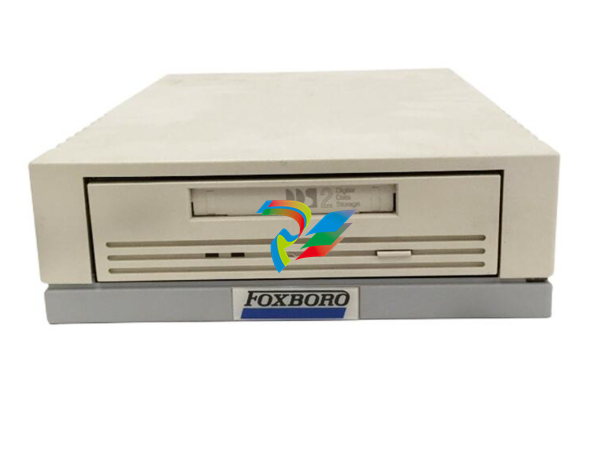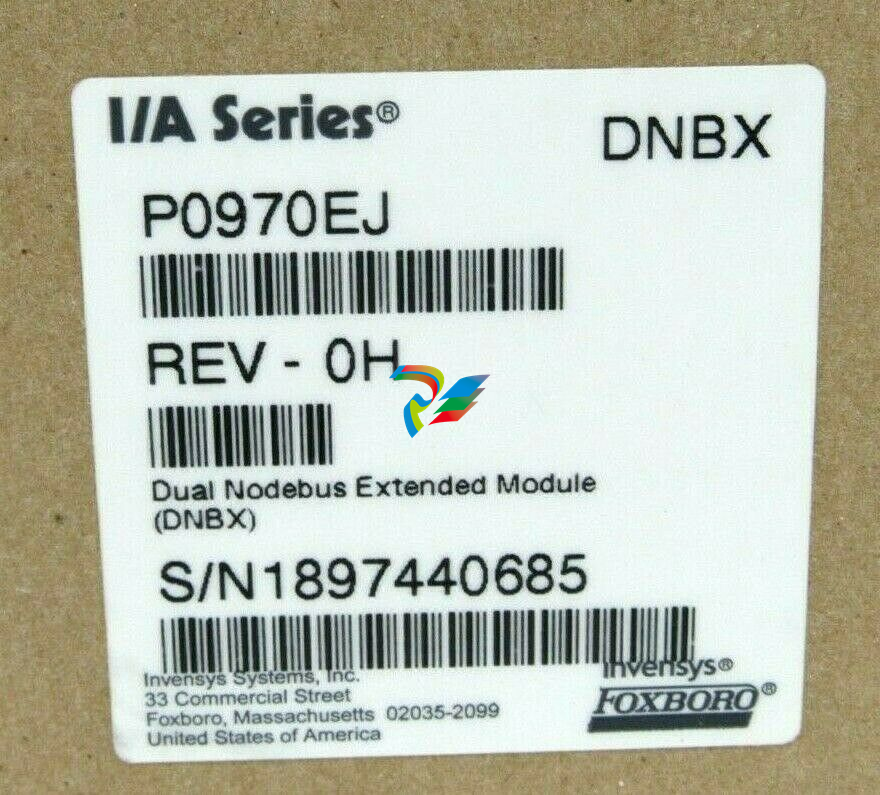
Digitalization’s Influence on Maintenance Strategies
Catalyst end-of-run prediction
Degradation also occurs in the fixed bed catalysts used in hydrodesulfurization (HDS) units over time, requiring maintenance to avoid product quality issues that constrain allowable production rates. Engineers often use the weighted average bed temperature (WABT) as a key metric to determine catalyst bed health. However, other process variables—especially variable composition and flow rate—make it challenging to develop an accurate model of the WABT. For this reason, data scientists must cleanse and normalize calculated WABT values to create an acceptable data set for a regression model algorithm prior to plotting (Figure 3).

To determine whether the degradation of the catalyst bed on an HDS unit had accelerated, engineers at a large downstream petrochemical company calculated and extrapolated multiple regression models to predict the required maintenance date. It became clear, after analysis, that the degradation rate had become more aggressive in recent months, and the HDS unit required an early catalyst change. Catching this issue early eliminated months of constrained-rate operation, saving the company more than $5 million in productivity losses.
Product run-length optimization
Fouling, catalyst degradation, and other process effects often constrain production rates throughout the course of a product run. This is frequently the case for polymer production processes where produced materials begin to coat the insides of vessels and pipes, restricting flow, building up pressure and diminishing heat transfer. To remove such contaminants, manufacturers are forced to shut down and perform equipment maintenance, or execute online procedures, applying heat to coated equipment to melt off foulant layers.
A large polyethylene producer was experiencing production rate degradation due to the buildup of polymer skins on the walls of a tubular reactor, which restricted flow and increased the pressure delta, causing the process to approach the design limits of upstream equipment. The company sought a defouling strategy to increase production, prevent damage and fulfill customer orders more quickly.
Using the advanced analytics application, a team of SMEs created a regression model of the degrading production rate to forecast when the production target would be met if no action were taken. They then compared this date to an alternative model incorporating multiple defouling procedures over the run. The team performed calculations to determine the optimal number of defoul cycles, minimizing the total time needed to produce a given order size.
Once the magic number was determined, the SMEs identified the appropriate minimum throughput rate trigger, and created a golden profile for the optimal number of future cycles between defouling procedures. This golden profile was formed from data collected during an optimal performance run, and it is used to continuously monitor and compare future runs as new data is recorded.
By deploying this model and performing analysis in the advanced analytics application environment, SMEs compared actual performance against the forecast to pinpoint the ideal times for executing defoul procedures. Implementing this model-based defouling strategy enabled a sold-out production unit to meet customer orders an average of 11 percent sooner over the course of the following year, empowering the company to grow market and profit share in its core markets.
Scaled predictive analytics enhance production
Just like in the academic lab, accurate predictions for process manufacturing operations depend on in-depth knowledge of past equipment behavior and outcomes. By using advanced analytics applications combining retrospective with proactive analytics, process experts and data analysts can easily build robust models capable of predicting plant maintenance needs and risk-mitigating procedures.
With collaboration among process, maintenance and reliability experts, and with the right tools in their digitalization toolbox, process manufacturers can build better models and provide operations personnel with vast plant insights. Empowered with self-service analytics, staff can predict equipment issues well in advance of failure, helping optimize maintenance schedules and prevent costly downtime.






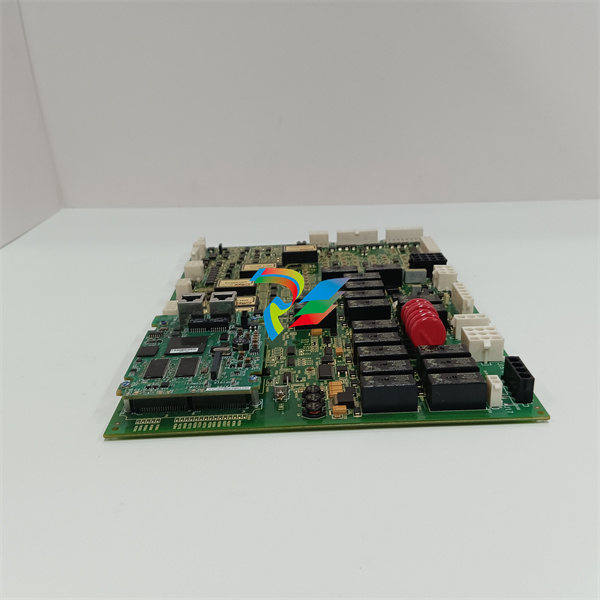

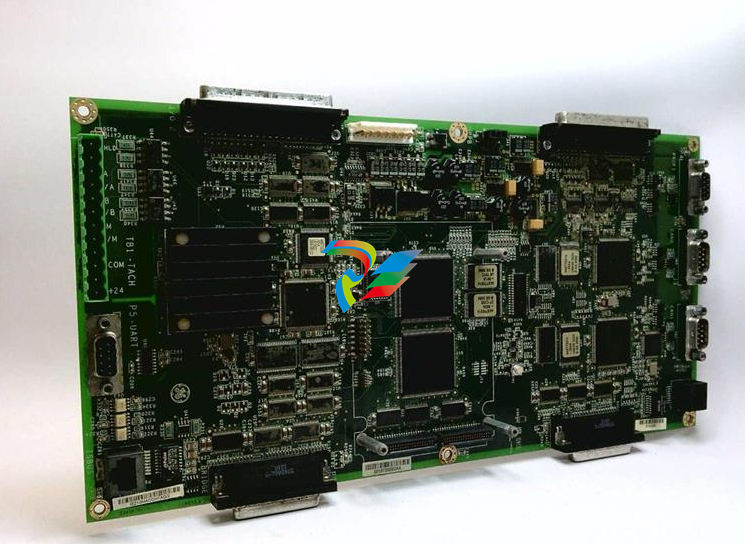



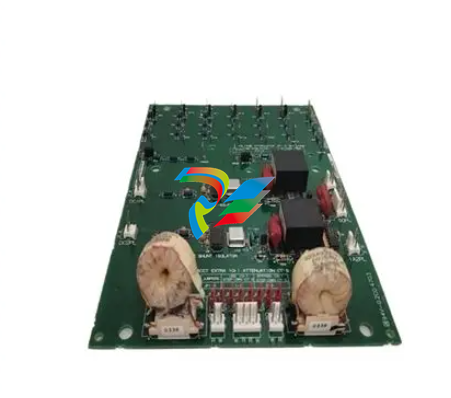

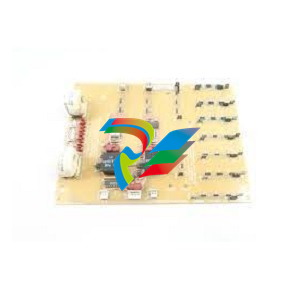







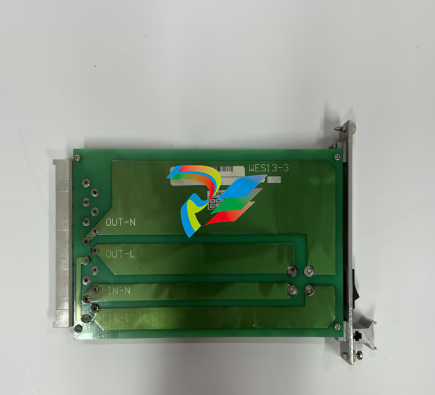
.jpg)

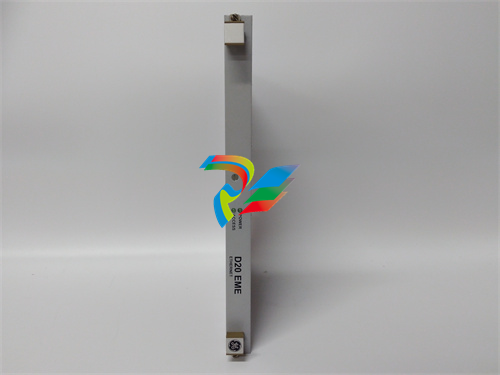










































.jpg)
.jpg)





.jpg)



.png)
.jpg)

.jpg)
_lVjBYb.jpg)

.jpg)
.jpg)



.jpg)
.jpg)







.jpg)

.jpg)
.jpg)






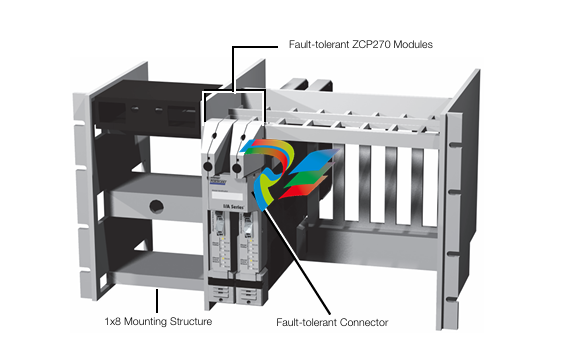

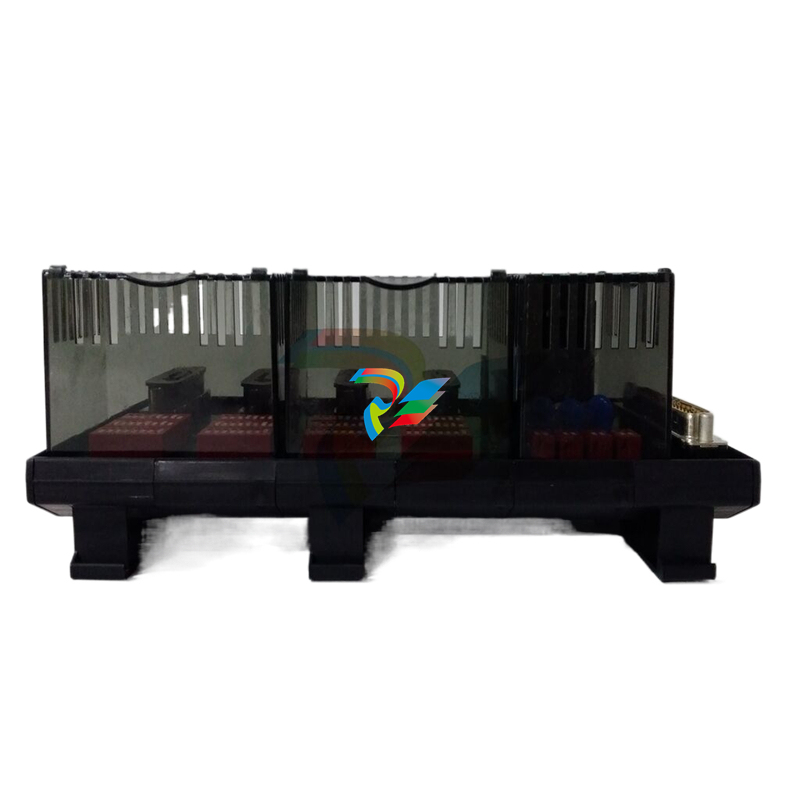
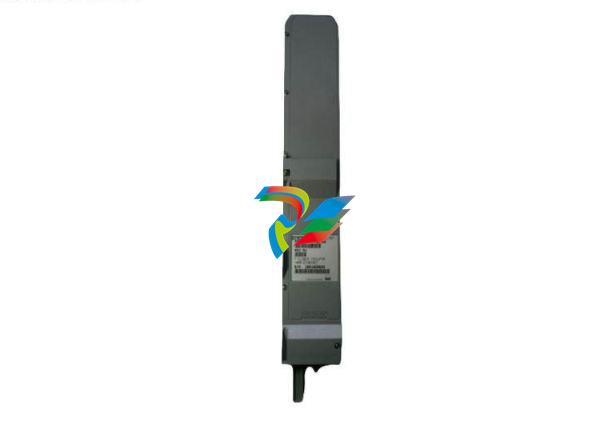

.jpg)
